14 Classic Antique Furniture Styles Every Collector Should Know
Antique furniture offers a unique way to bring a touch of history into your living space. These pieces, crafted with care and attention to detail, represent the artistry of past generations. Many people are drawn to the charm and elegance of antique furniture but may not be familiar with the various styles. Understanding the characteristics of these timeless designs can help you make an informed decision when shopping for vintage pieces. Let us explore the iconic antique furniture styles that every collector and enthusiast should know.
This post may contain affiliate links, which helps keep this content free. Please read our disclosure for more info.
Colonial
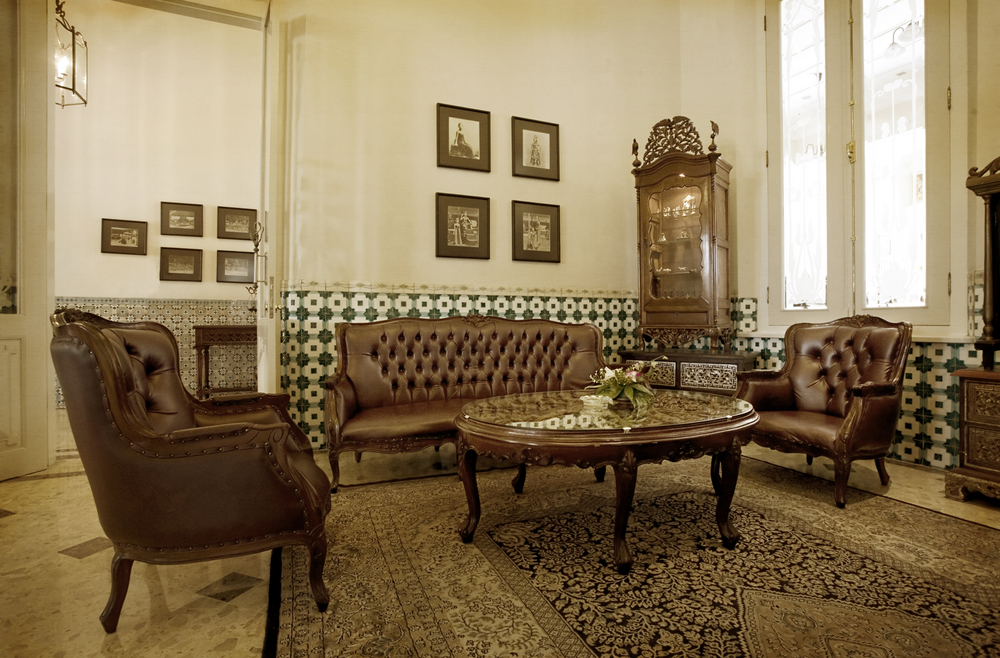
Colonial furniture emerged in the American colonies during the 17th and 18th centuries, influenced by European settlers. Crafted from locally sourced woods like pine and oak, these pieces emphasized functionality and durability. Chairs, tables, and chests were commonly produced, often with simple, sturdy designs. Today, original Colonial furniture can range from $500 to $5,000, depending on craftsmanship and condition.
The style reflects the settlers’ adaptation to new environments, blending European traditions with available materials. Notable pieces include highboys and slant-front desks, showcasing the era’s woodworking skills. Collectors value these items for their historical significance and craftsmanship. Reproductions are widely available, offering more affordable options for enthusiasts.
Jacobean
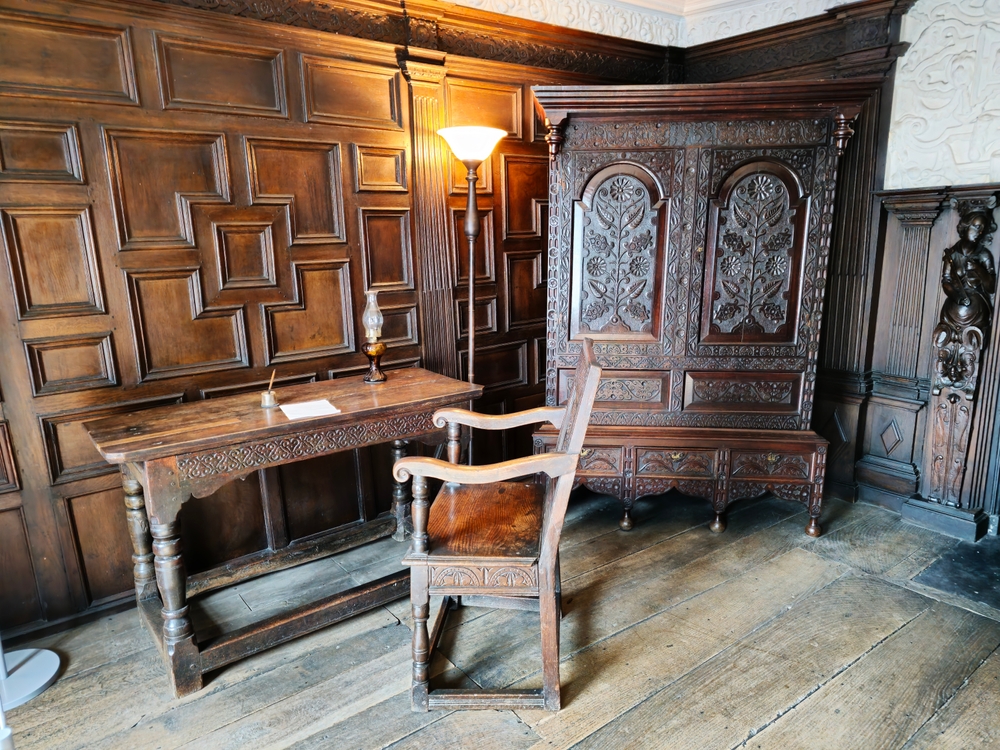
Jacobean furniture flourished during the early 17th century in England, characterized by its bold, heavy forms. Dark woods like oak were commonly used, with intricate carvings and turned legs. Pieces such as court cupboards and refectory tables were prevalent, reflecting the era’s grandeur. Original Jacobean furniture can command prices from $1,000 to over $10,000, depending on rarity and condition.
This style marked a departure from the Renaissance, embracing more elaborate and dramatic designs. The use of strapwork and twisted columns became signature elements. Collectors often seek Jacobean pieces for their historical value and distinctive aesthetics. Antique dealers and auctions frequently feature these items, highlighting their enduring appeal.
Queen Anne
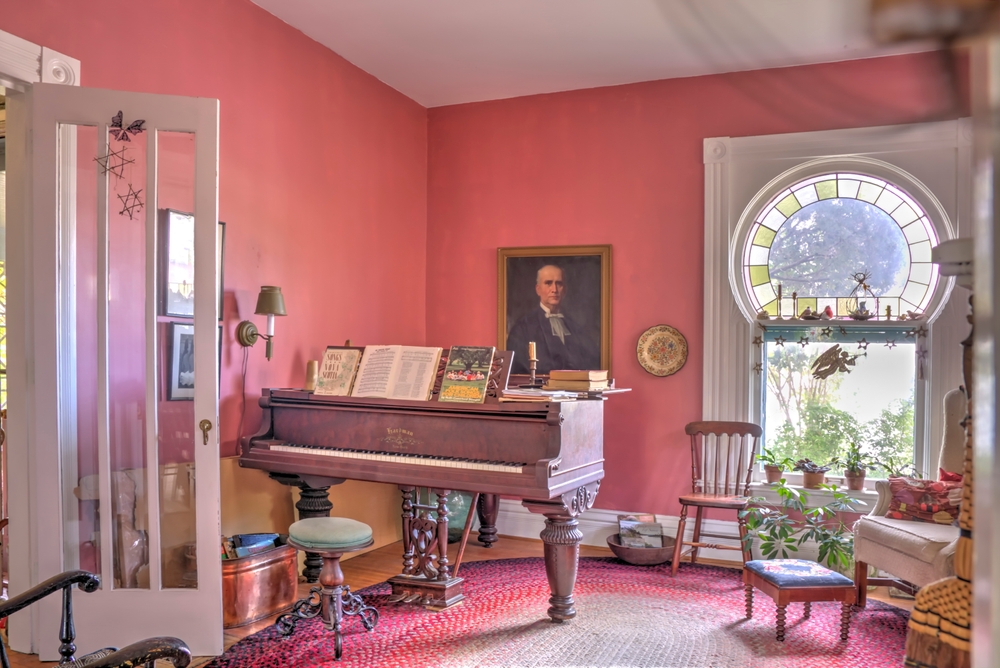
Queen Anne furniture, popular in the early 18th century, emphasized graceful lines and comfort. Characterized by cabriole legs, pad feet, and scalloped edges, this style introduced a more refined aesthetic. Chairs, tables, and chests of drawers were common, often crafted from walnut or maple. Original pieces can range from $1,500 to $15,000, influenced by rarity and condition.
The style reflects a move towards elegance and comfort, moving away from the earlier heavy designs. The use of veneers and inlays added decorative flair to functional pieces. Collectors appreciate Queen Anne furniture for its timeless design and craftsmanship. Antique dealers often feature these items, highlighting their enduring appeal.
Hepplewhite
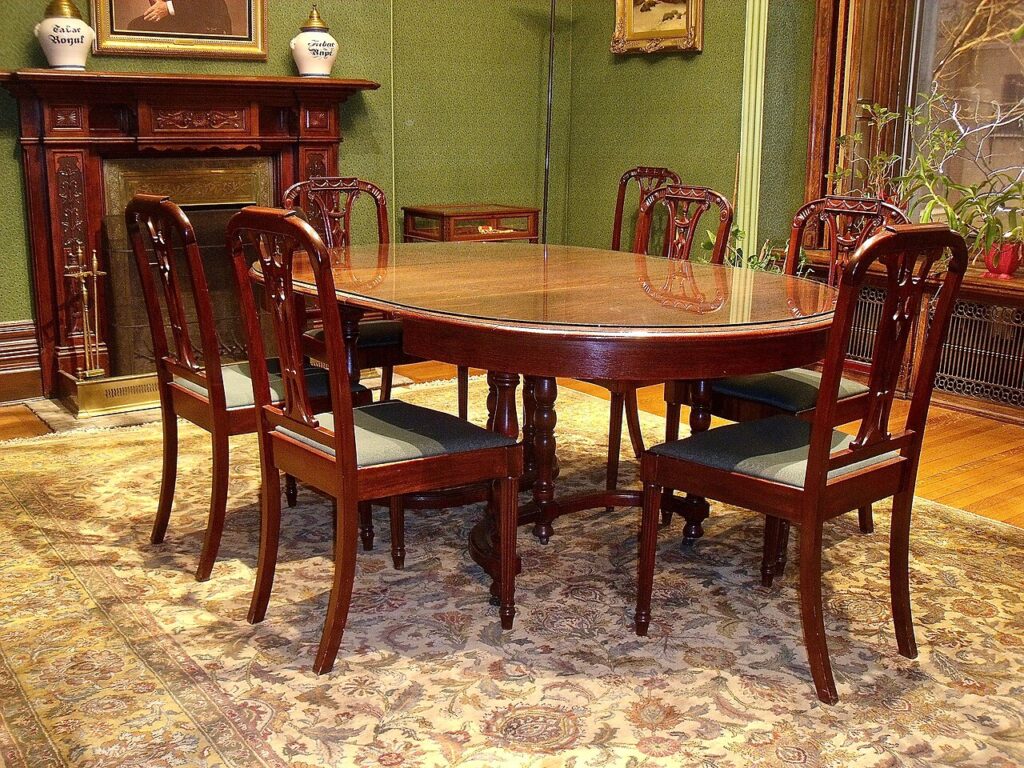
Named after George Hepplewhite, an 18th-century English cabinetmaker, this style is known for its neoclassical influences and delicate proportions. Shield-back chairs, tapered legs, and simple inlays define the aesthetic. Pieces like sideboards and secretaries became popular, often crafted from mahogany. Original Hepplewhite furniture can range from $2,000 to $20,000, depending on quality and provenance.
The style reflects the Enlightenment era’s emphasis on symmetry and proportion. Hepplewhite’s designs were often lighter and more refined compared to previous styles. Collectors value these pieces for their elegance and historical significance. Reproductions are available, offering more affordable options for enthusiasts.
Chippendale Chairs
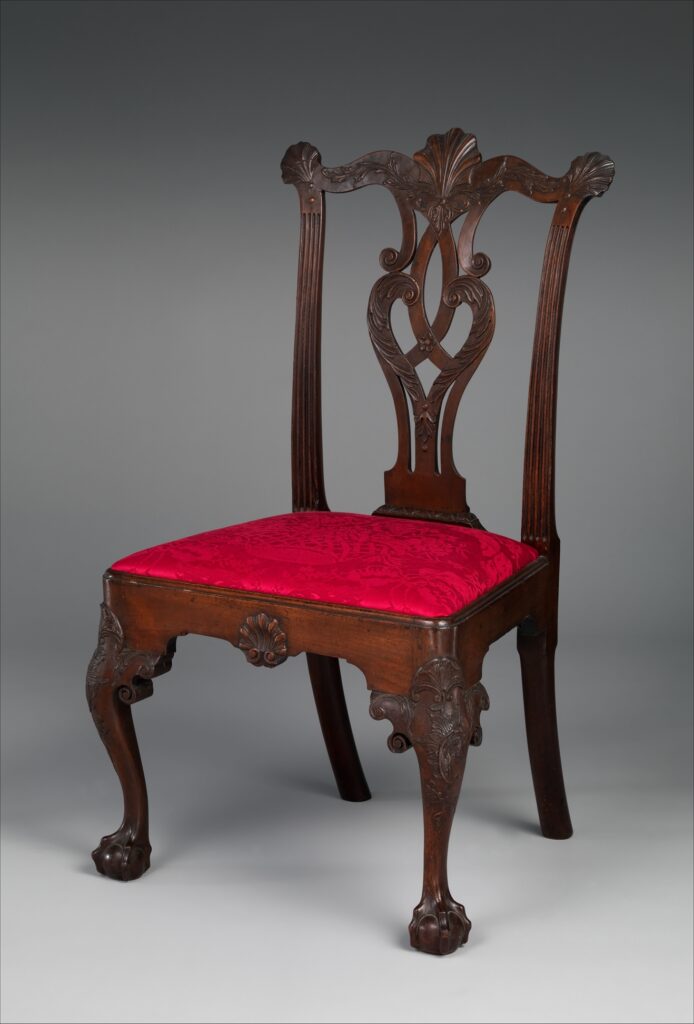
Thomas Chippendale, an 18th-century English furniture maker, popularized designs featuring intricate carvings and ornate details. His chairs, such as the Chinese Chippendale and Ribbon-back, became highly sought after. Crafted from mahogany, these chairs often featured cabriole legs and ball-and-claw feet. Original Chippendale chairs can command prices from $5,000 to over $100,000, influenced by rarity and condition.
Chippendale’s designs blended Gothic, Rococo, and Chinese influences, creating a distinctive and luxurious aesthetic. His works were widely copied, leading to various interpretations of his style. Collectors seek authentic Chippendale pieces for their craftsmanship and historical value. Reproductions are available, offering more accessible options for those interested in the style.
Regency
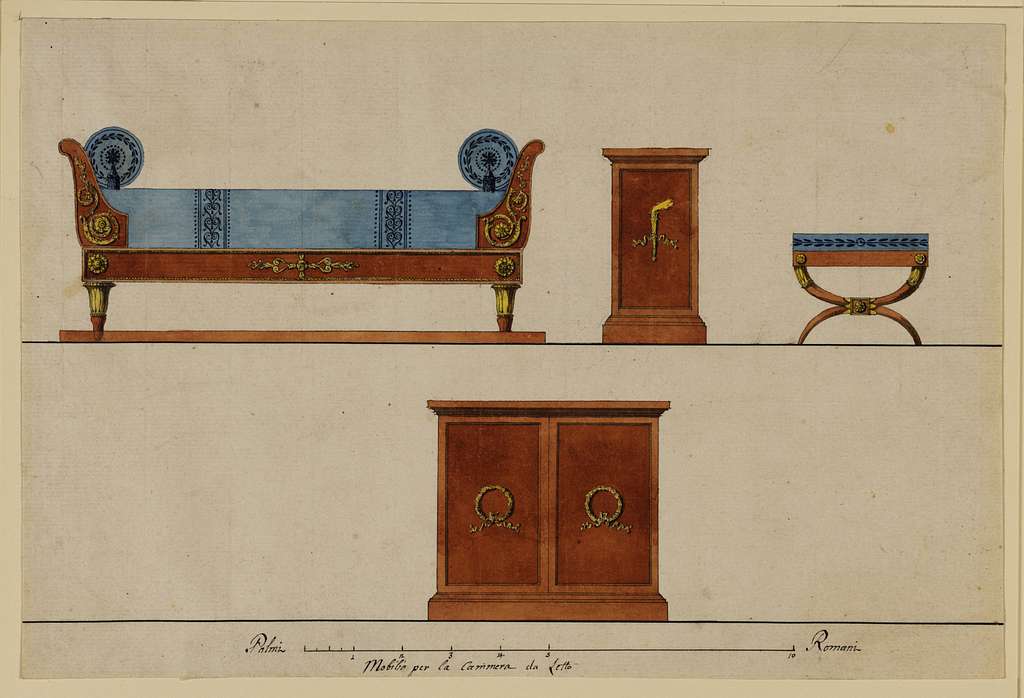
The Regency style, popular in early 19th-century England during the reign of George IV, emphasized elegance and classical influences. Furniture featured clean lines, neoclassical motifs like lyres and sphinxes, and materials such as rosewood and mahogany. Pieces like sofas, chairs, and sideboards became fashionable, reflecting the era’s refinement. Original Regency furniture can range from $3,000 to $30,000, depending on quality and provenance.
This style marked a transition from the ornate designs of the previous era to more restrained elegance. The use of classical motifs and proportions reflected a fascination with ancient civilizations. Collectors value Regency furniture for its historical context and design sophistication. Reproductions are available, offering more affordable options for enthusiasts.
Rococo
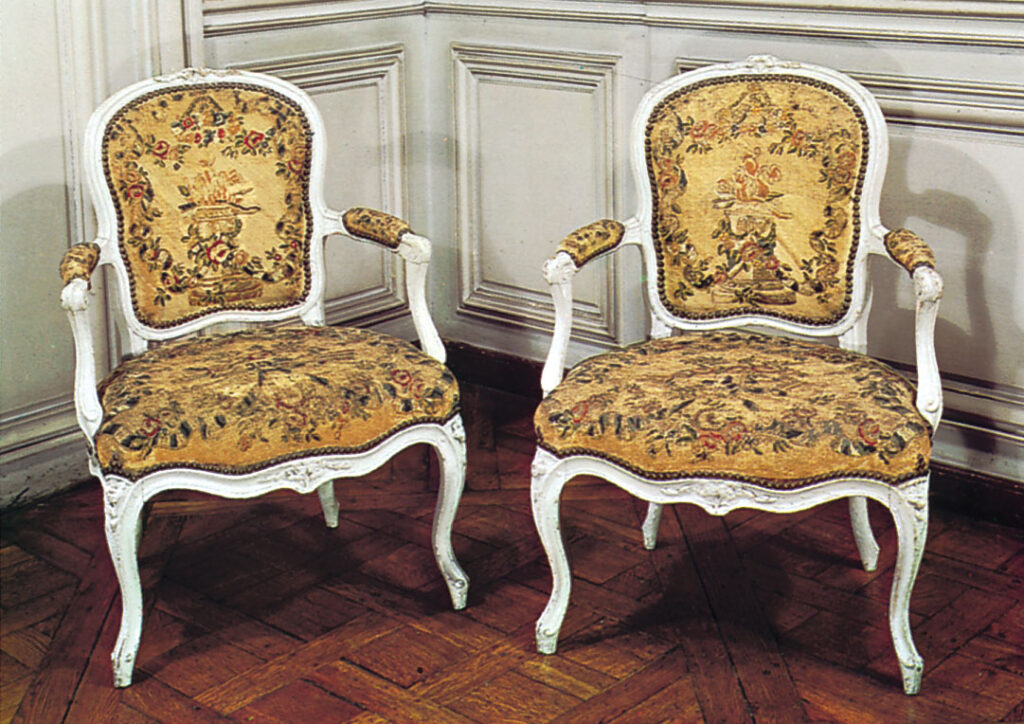
Originating in early 18th-century France, Rococo furniture is characterized by ornate detailing, asymmetrical designs, and light, airy forms. Curved lines, floral motifs, and gilded accents define the aesthetic. Pieces like chairs, mirrors, and cabinets became fashionable among the French aristocracy. Original Rococo furniture can range from $3,000 to $30,000, depending on craftsmanship and condition.
The style reflects a move towards more playful and decorative designs, moving away from the grandeur of earlier periods. The use of pastel colors and delicate carvings added to the whimsical nature of the style. Collectors value Rococo furniture for its artistic expression and historical significance. Reproductions are available, offering more affordable options for enthusiasts.
Victorian House
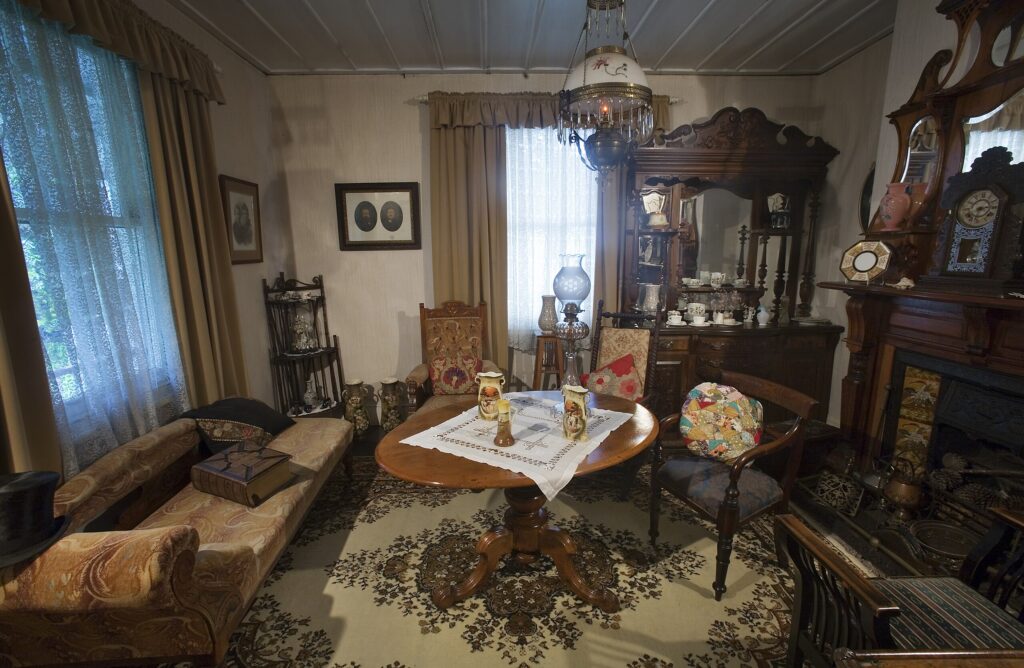
Victorian furniture, popular during Queen Victoria’s reign (1837–1901), encompasses a range of styles characterized by ornate detailing and rich materials. Gothic Revival, Rococo Revival, and Aesthetic Movement influences are evident in the designs. Pieces like parlor sets, cabinets, and writing desks became common, often featuring dark woods and intricate carvings. Original Victorian furniture can range from $1,000 to $20,000, influenced by style and condition.
The era’s designs reflected a fascination with history, nature, and craftsmanship. Decorative elements like floral motifs, inlays, and carved details were prevalent. Collectors appreciate Victorian furniture for its diversity and historical context. Reproductions are available, offering more accessible options for those interested in the style.
Empire Style
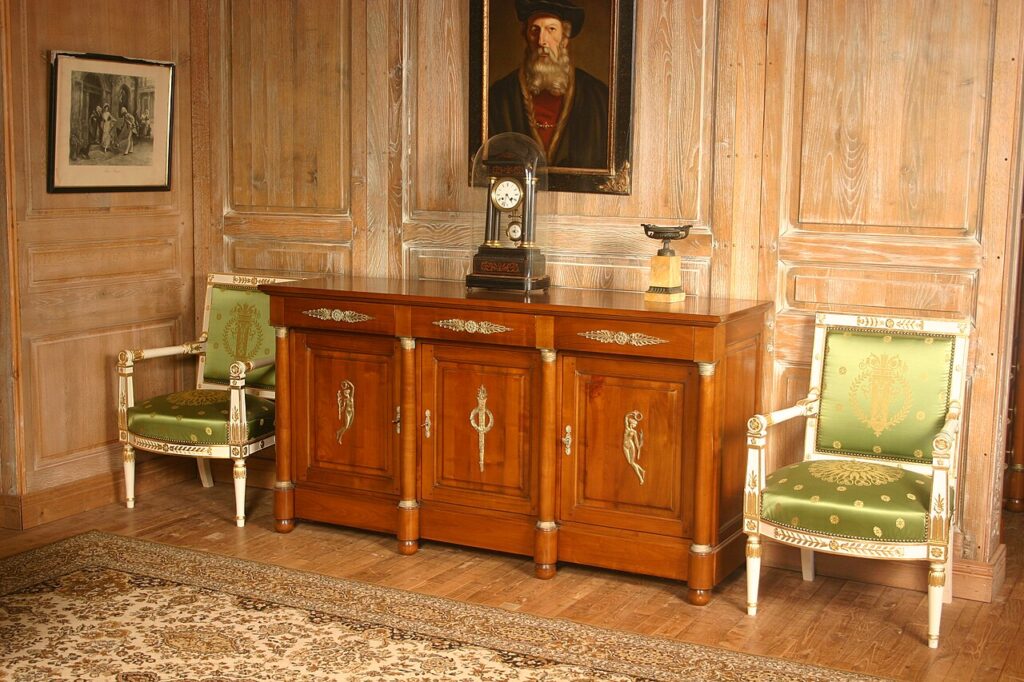
Emerging in early 19th-century France during Napoleon Bonaparte’s reign, the Empire style is characterized by its grandeur and classical influences. Furniture featured bold lines, rich materials like mahogany, and motifs such as eagles and laurel wreaths. Pieces like consoles, chairs, and beds became fashionable, reflecting the era’s imperial aspirations. Original Empire furniture can range from $5,000 to $50,000, depending on provenance and condition.
This style marked a transition from the ornate designs of the previous era to more bold and symbolic pieces. The use of classical motifs and imperial symbols reflected a fascination with ancient civilizations. Collectors value Empire furniture for its historical context and design sophistication. Reproductions are available, offering more affordable options for enthusiasts.
Art Nouveau
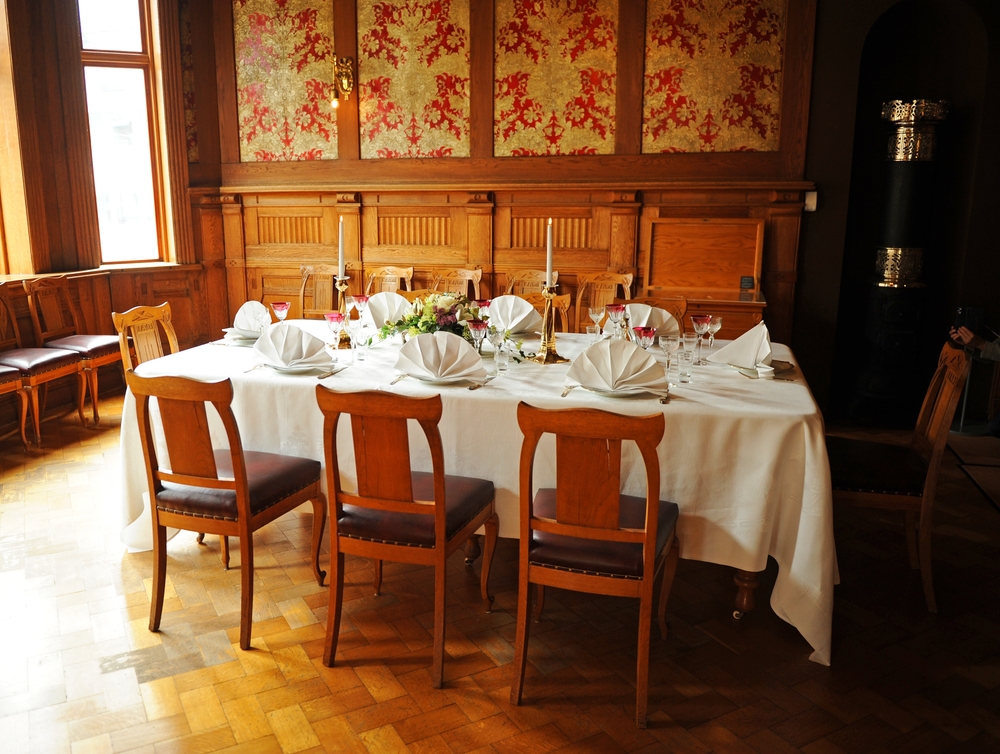
Art Nouveau furniture became popular in the late 19th and early 20th centuries, emphasizing flowing lines, natural forms, and organic shapes. Characterized by intricate detailing, this style often incorporated floral and plant motifs. Furniture such as chairs, cabinets, and light fixtures featured curved lines and elegant designs. Original Art Nouveau pieces can range from $1,500 to $25,000, depending on craftsmanship and rarity.
This style was a reaction against the industrial revolution and the mass production of furniture. Artists and designers focused on craftsmanship and nature-inspired forms, creating unique and artistic pieces. Collectors value Art Nouveau furniture for its beauty and its place in the history of decorative arts. Reproductions are available, but the original items continue to hold a special place in the hearts of enthusiasts.
Art Deco
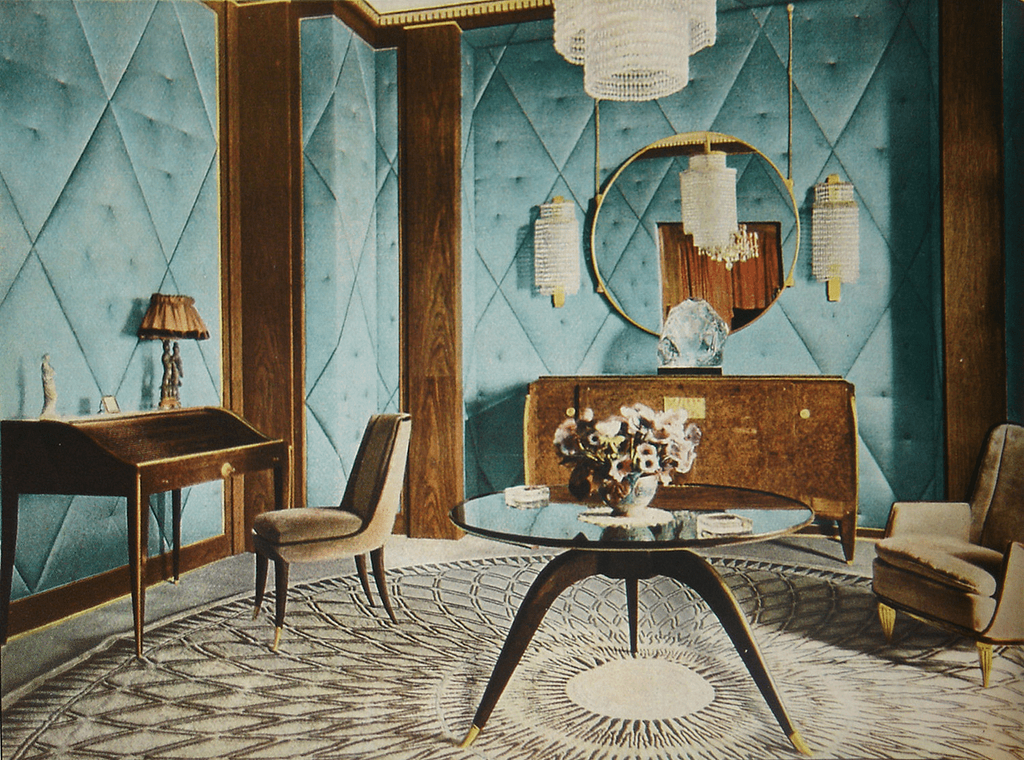
Art Deco emerged in the 1920s and 1930s, bringing a bold, glamorous, and modern style to furniture design. Characterized by geometric shapes, sharp lines, and luxurious materials like lacquer and chrome, Art Deco made a lasting impact on furniture and interior design. Popular items include streamlined chairs, sideboards, and mirrors. The market value of original Art Deco pieces ranges from $500 to $20,000, depending on rarity and condition.
Art Deco furniture reflects the opulence and optimism of the Roaring Twenties, blending function with form. The use of materials like glass, mirrors, and exotic woods made these pieces both functional and decorative. Art Deco remains a sought-after style for collectors who appreciate its timeless elegance. Reproductions are available, but authentic pieces continue to command high prices at auctions.
Mission Style Furniture
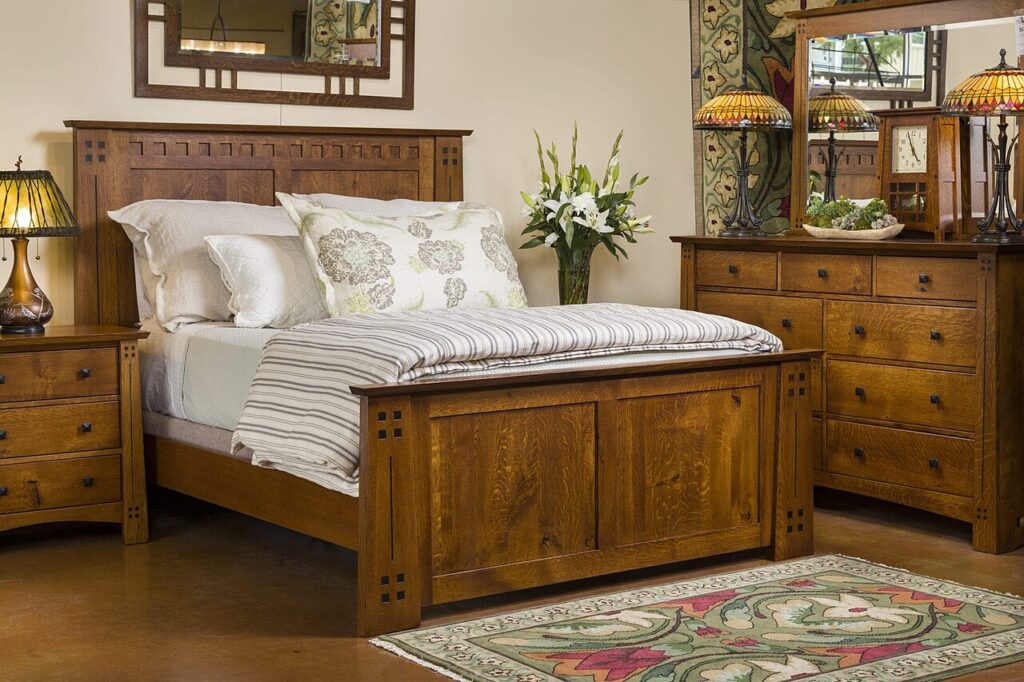
Mission Style furniture, popularized by the Arts and Crafts movement in the early 20th century, is characterized by simple, handcrafted designs and sturdy construction. It often features straight lines, exposed joints, and rich, dark wood finishes, such as oak. Iconic pieces include rocking chairs, tables, and bookcases. Mission Style furniture generally falls within the range of $200 to $5,000, depending on the piece and craftsmanship.
The style was designed to emphasize craftsmanship over ornamentation, reflecting the values of simplicity and function. Mission Style became popular due to its association with renowned furniture makers like Gustav Stickley. Collectors appreciate the style’s timeless appeal and sturdy construction. Reproductions are widely available, but authentic pieces still hold great value among collectors.
Scandinavian
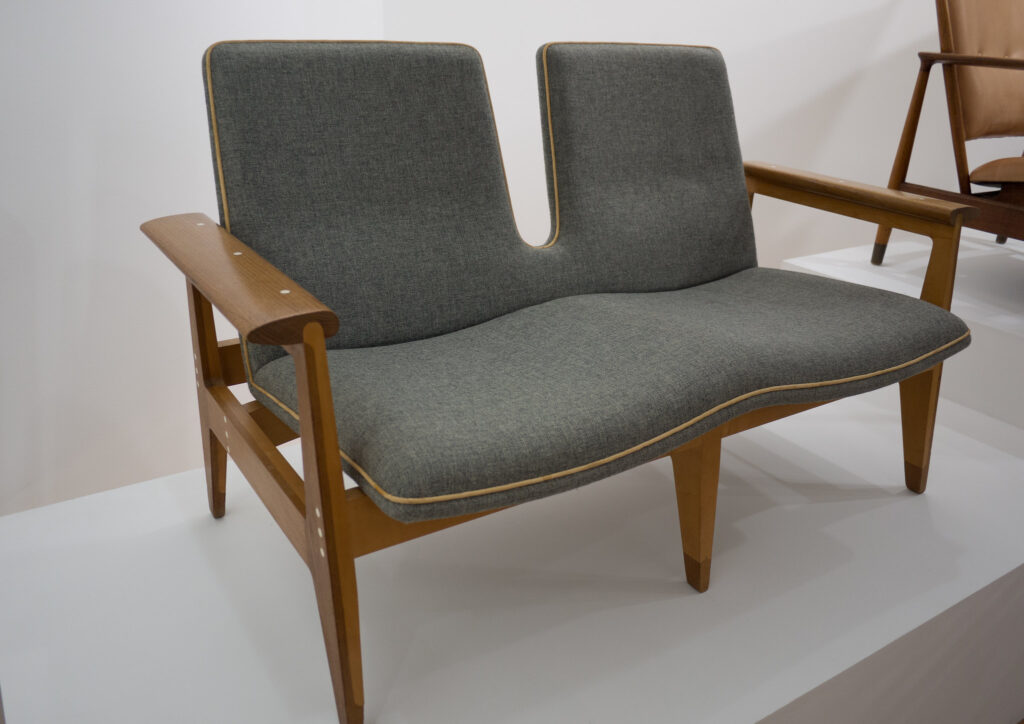
Scandinavian furniture, which rose to prominence in the 1950s, is known for its simplicity, functionality, and focus on natural materials. Featuring clean lines, light wood tones, and minimalist designs, it often incorporates bright colors and geometric shapes. Iconic pieces include chairs, tables, and storage units, often made from oak, teak, and birch. Prices for original Scandinavian furniture generally range from $200 to $5,000, depending on the designer and rarity.
This style emphasizes practicality, creating functional pieces with an emphasis on craftsmanship. Scandinavian furniture is designed to suit small living spaces, making it perfect for modern homes. Collectors appreciate its timeless aesthetic and the way it blends form and function. The popularity of Scandinavian design has led to a rise in demand, and authentic pieces from renowned designers continue to fetch high prices.
Shaker
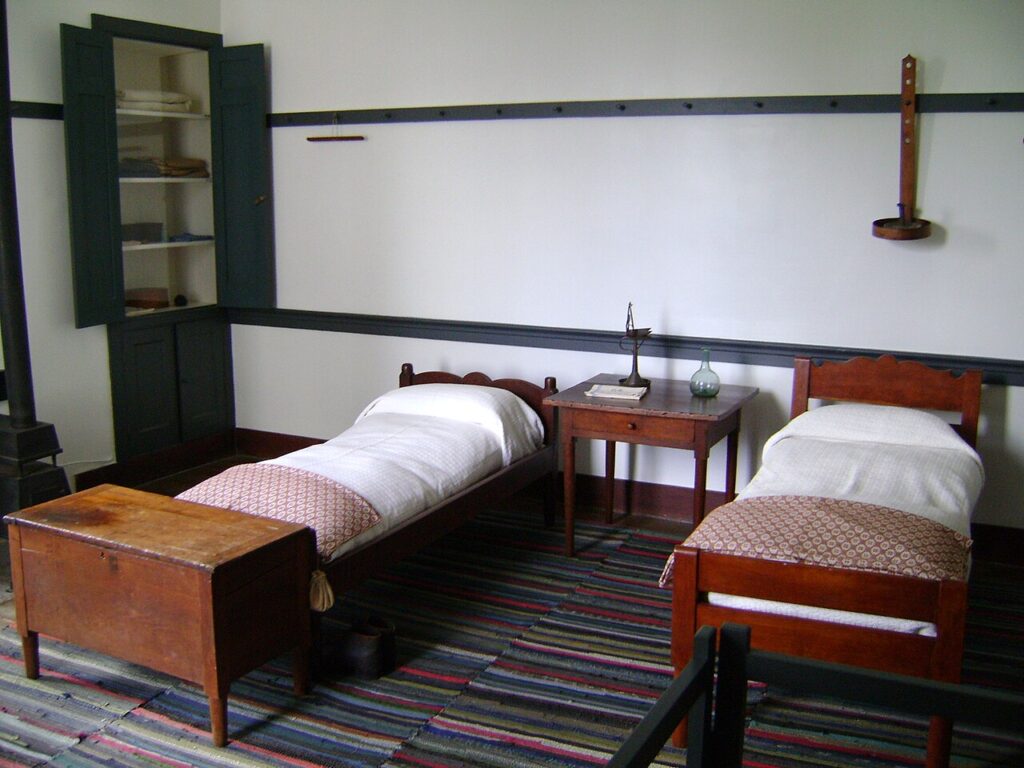
Shaker furniture, developed by the Shaker religious community in the 18th and 19th centuries, is known for its simple, functional design and minimalistic approach. Characterized by clean lines, sturdy construction, and the use of natural wood, Shaker furniture includes pieces like chairs, cabinets, and tables. Original Shaker furniture typically falls within the price range of $200 to $5,000, depending on the piece and its craftsmanship.
The Shakers believed in functionality, making their furniture both durable and practical. The style was created to promote simplicity, with a focus on utility over decoration. Collectors value Shaker furniture for its quality craftsmanship and timeless design. Though it is less ornate than other antique styles, its understated beauty and functionality have made it a popular choice among collectors.
Exploring antique furniture styles opens up a world of beauty and craftsmanship from different historical periods. These pieces not only elevate your home decor but also provide a glimpse into the past.
This article originally appeared on Avocadu.
